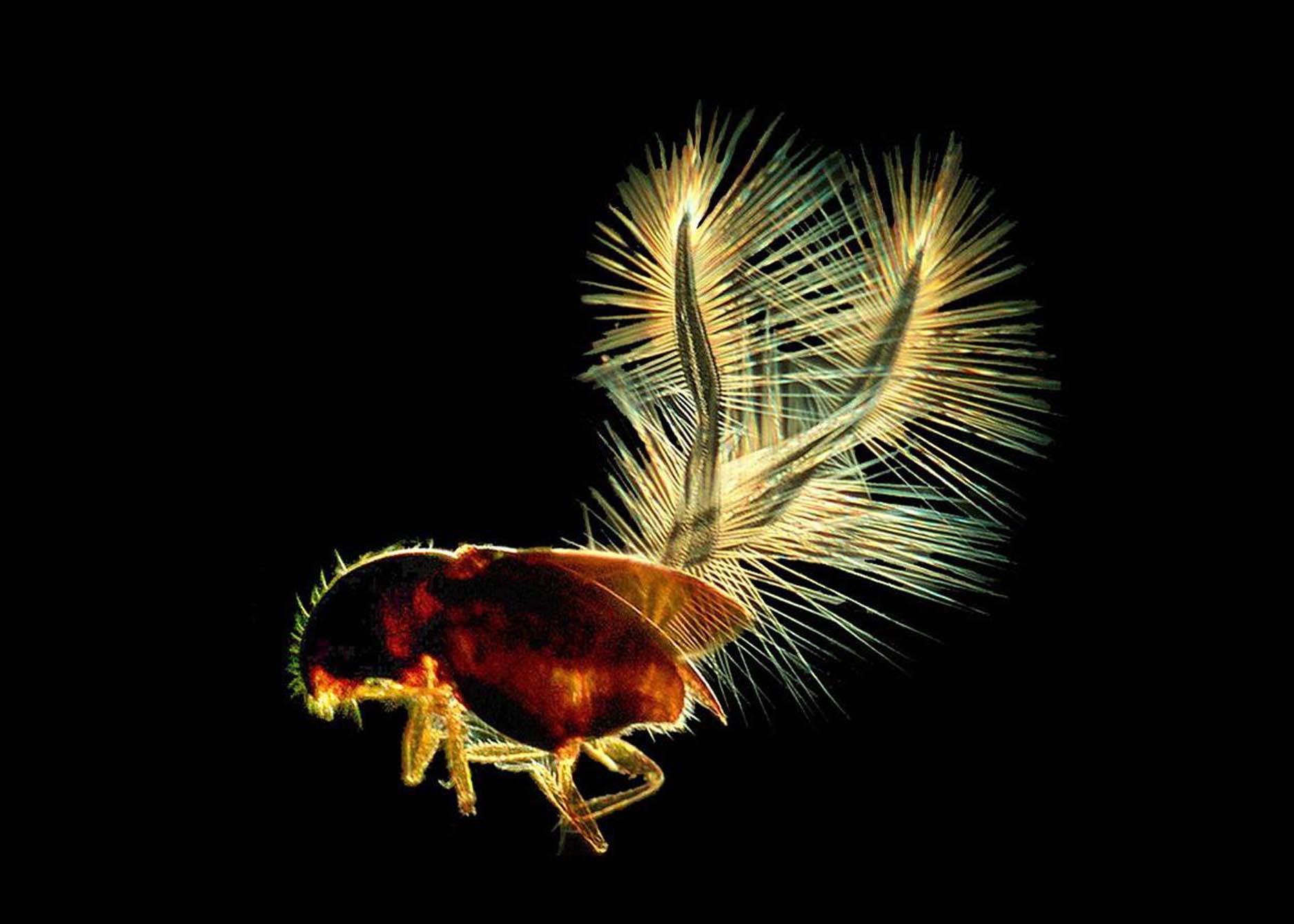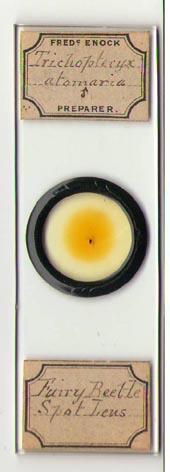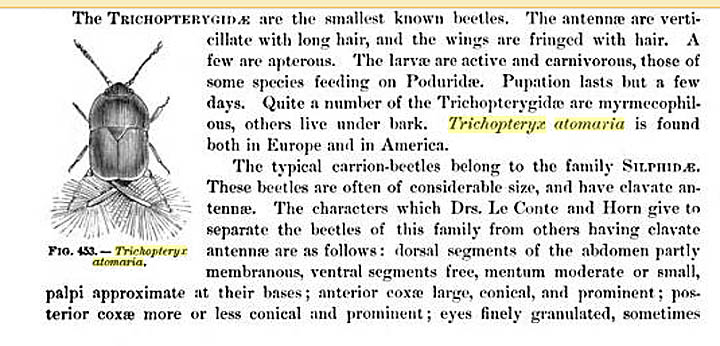| DESCRIPTION | HISTORY |

 DESCRIPTION:
DESCRIPTION:
| ADDRESS | DATES |
|---|---|
| 2 Mount Pleasant Rd, Upper Holloway, London N | 1873 |
| 25 Balsall Heath Rd, Birmingham | 1874 |
| 30 Russell Rd, Seven Sisters Rd, London N | 1880-1882 |
| Ferndale, Woking Station | 1882-1883 |
| 21 Prospero Rd, Upper Holloway, London | 1885 |
| 11 Parolles Rd, Upper Holloway | 1889 |
| 21 Manor Gardens, Holloway | 1895-1898 |
| 13 Tufnell Park Rd, Holloway | 1911-1915 |
| 54 St Mary's Terrace, West Hill, Hastings | 1916 |